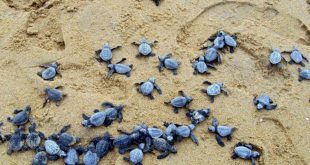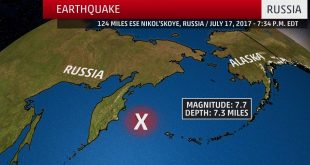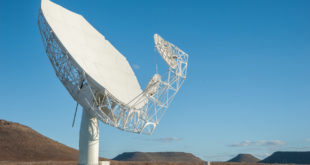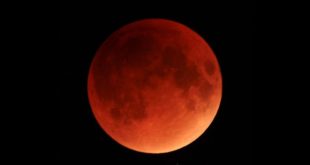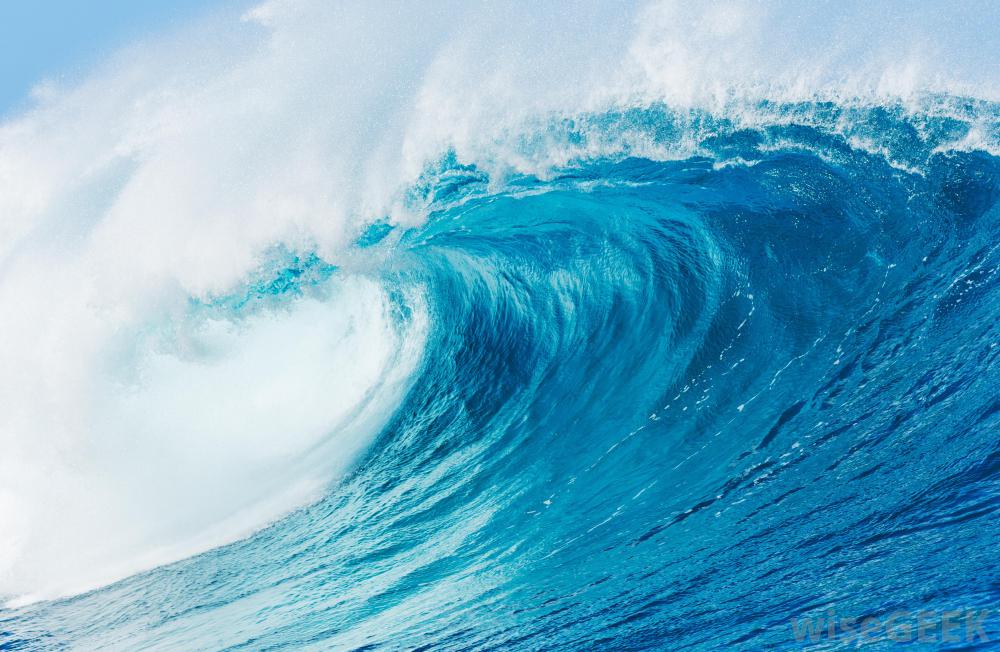
Scientists have stumbled upon of a new research which could open the doors to a new way of creating nuclear fuel. The wonder is that nothing but the power of the ocean, which is required to produce it.
Scientists in the lab used a yarn to extract natural trace amounts of uranium which are found in seawater. The concept is believable and it needs only five grams of yellowcake, a powdered uranium concentrate which is used as fuel in nuclear power making.
Biogeochemist Gary Gill from Pacific Northwest National Laboratory (PNNL), termed it as something significant. It seems feasible that the approach can also be used for commercially attractive nuclear fuels, which are derived from the oceans.
The PNNL team, on its part of the US Department of Energy, has teamed up with scientists from a company known as LCW Supercritical Technologies.
Researchers at the company had developed an acrylic fibre which is specially designed to extract uranium from seawater. The inexpensive yarn has chemically been modified to convert it into an adsorbent for uranium, efficient and reusable, says LCW president Chien Wai.
Earlier, the company had helped pioneer the foundations of this kind of extraction process. It adsorbs uranium onto a molecule that is chemically bound to the acrylic fibre of the yarn, which is then placed in ocean water or in seawater where, after a certain time, it naturally gets extracted into uranium traces.
Scientists have also been working to refine this technique for years, and the resultant benefit could be huge. The adsorbent material is through inexpensive to manufacture, the researchers estimate a fine process would be competitive which will drastically reduce the costs of land-based mining of uranium.
The team estimates that at least four billion tonnes of uranium are available in the ocean, which comes to about 500 times the amount known to exist in all metal-ore based deposits.
 Amazing India Blog Know India Better
Amazing India Blog Know India Better
